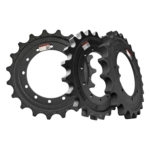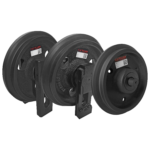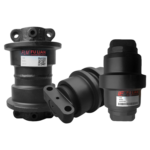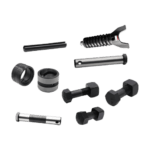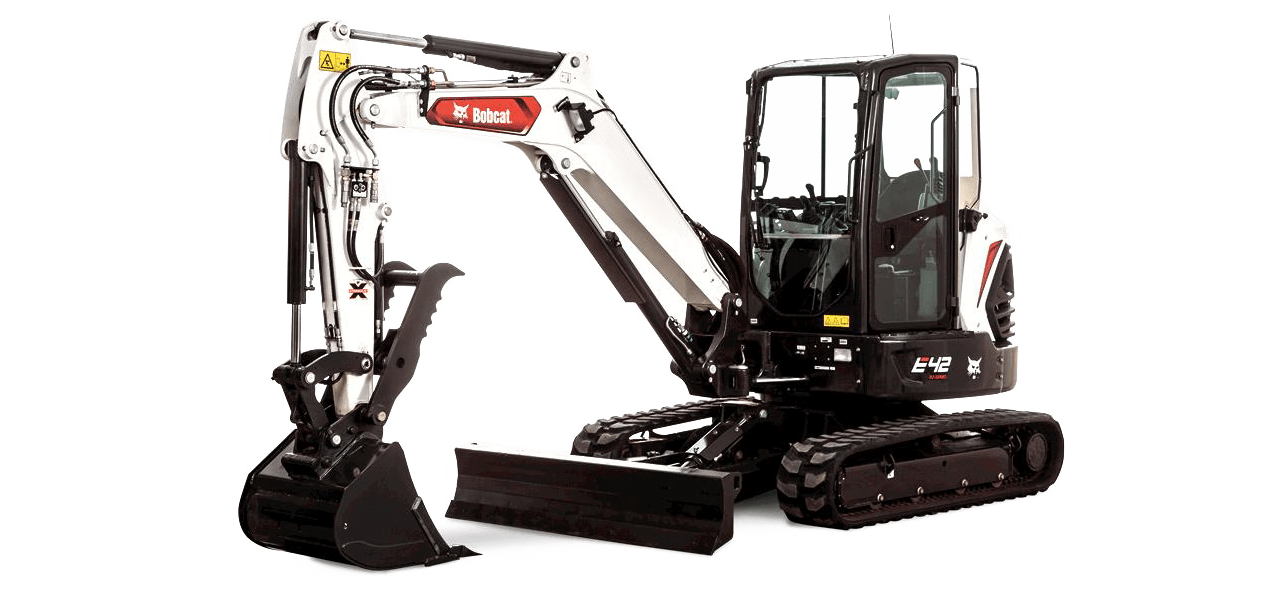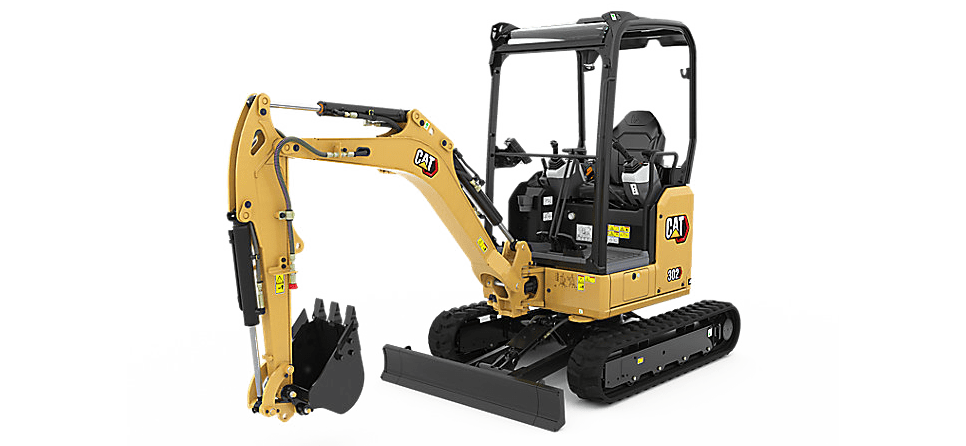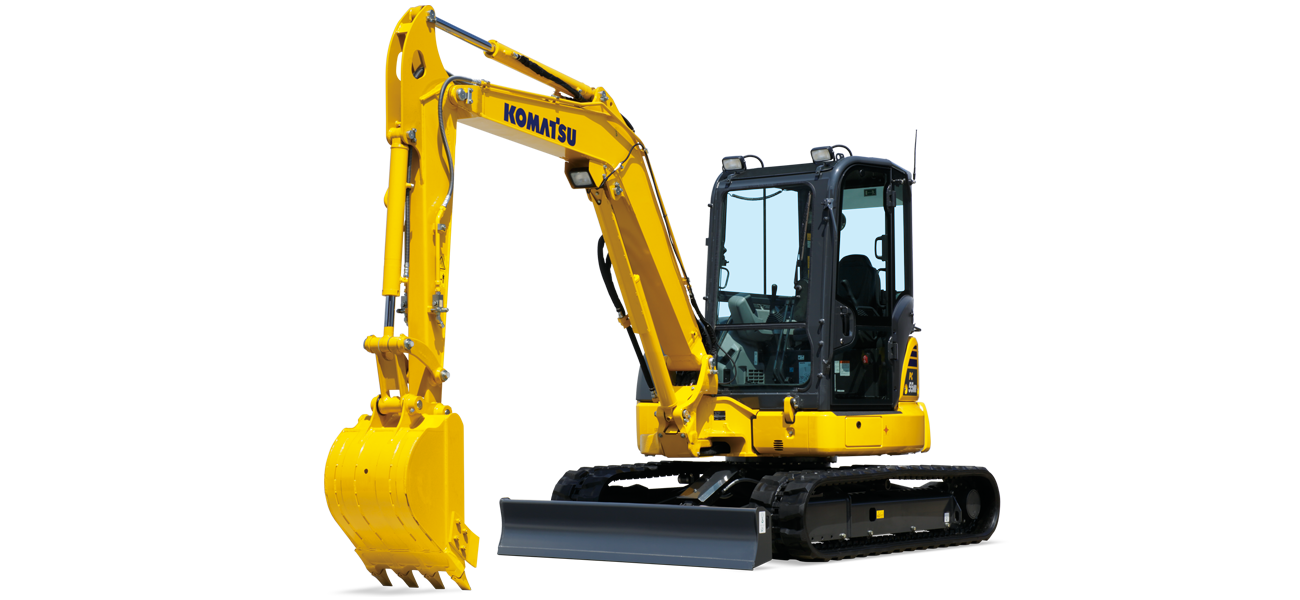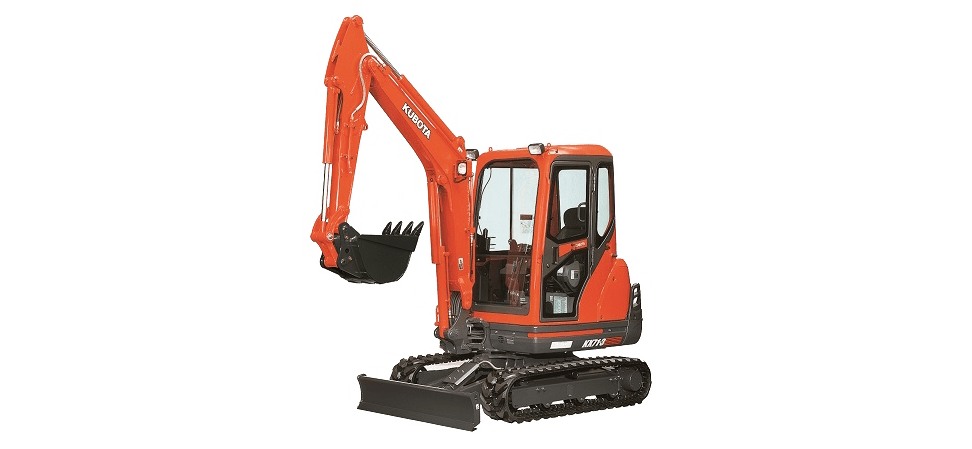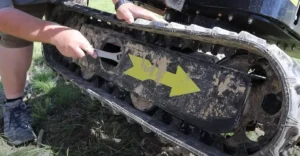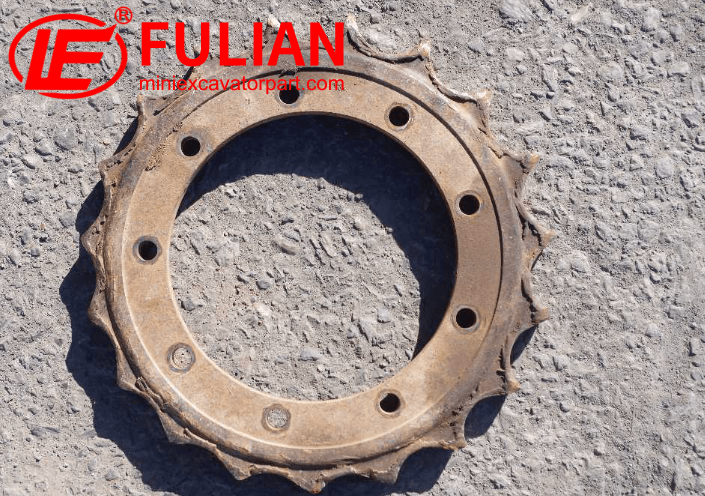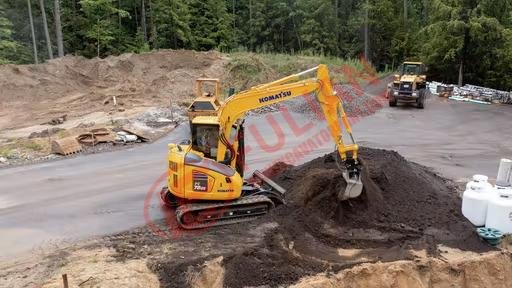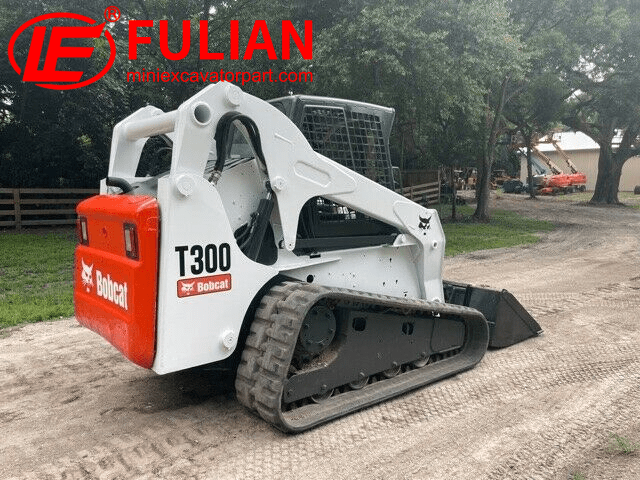Understanding the lifespan of steel tracks on an excavator is akin to learning the endurance of a pair of high-quality boots. The longevity hinges significantly on the paths they traverse, the frequency of use, and the maintenance rituals they undergo. On average, steel tracks for excavators can last from 3 to 5 years, which, when distilled into operational hours, approximately translates to 2,000 to 4,000 hours.
The anatomy of this lifespan begins with the environment – the stage upon which these mechanical beasts perform. If the excavator’s daily routine involves navigating through landscapes littered with abrasive materials or sharp rocks, the tracks will inevitably endure heavier wear, much like trekking across rugged terrains with only a pair of sneakers on. On the flip side, operating on softer, more forgiving surfaces akin to walking on a plush carpet or a smooth track significantly mitigates the wear and tear on the tracks.

However, the environment is but one piece of the puzzle. The type of work the excavator engages in plays a notable role as well. Tasks demanding high levels of strength and exertion from the excavator, such as heavy digging and lifting in construction and mining operations, impart more stress on the tracks compared to lighter activities. This additional stress accelerates the degradation of the steel tracks, emphasizing the importance of matching the machine to its suited tasks to optimize lifespan.
The cornerstone of maximizing the lifespan of excavator steel tracks lies in diligent maintenance – a narrative similar to caring for one’s valued possessions. Regular cleaning to rid the tracks of obstructing debris, ensuring proper tension to avoid undue stress and potential track dislodgement, and conducting consistent inspections for early detection of wear or damage are imperative steps. These maintenance tasks echo the practices of nurturing longevity and performance in high-stakes equipment.
Moreover, adopting a proactive approach towards maintenance – closely monitoring the track pads for uneven wear, checking for loose bolts, and ensuring the sprockets and rollers are in good condition – can further enhance the lifespan of steel tracks. This approach not only secures the tracks’ longevity but also bolsters the overall efficiency and safety of the excavator’s operation.
In conclusion, the life expectancy of an excavator’s steel tracks is a multifaceted affair that extends beyond simple numbers. It encapsulates a symbiotic relationship between the operating environment, the nature of tasks performed, and, most crucially, the commitment to meticulous maintenance. Adopted collectively, these practices can stretch the durability of steel tracks, potentially surpassing the commonplace benchmark, and ensuring that the excavator remains a formidable player in its field of work for years to come.
Fulian Operation Team
2024.6.4

